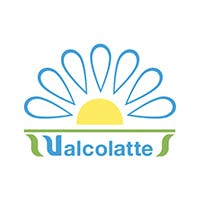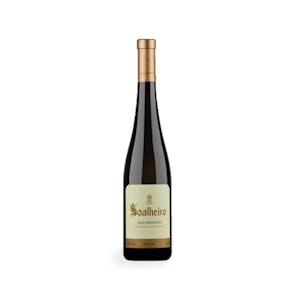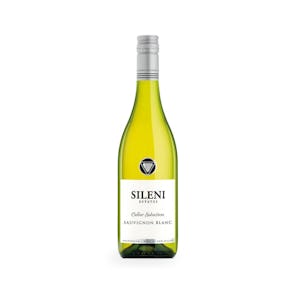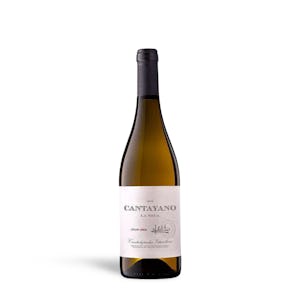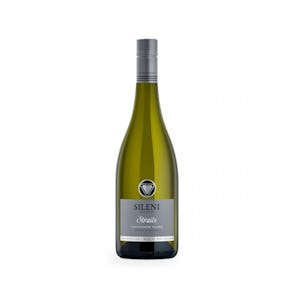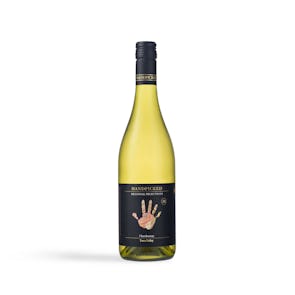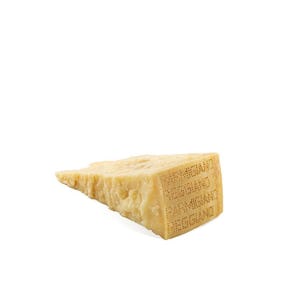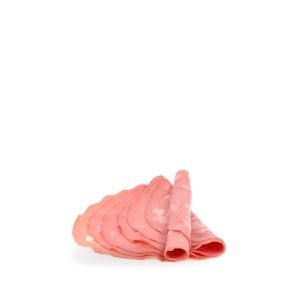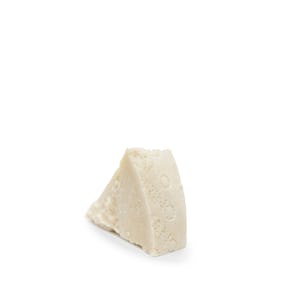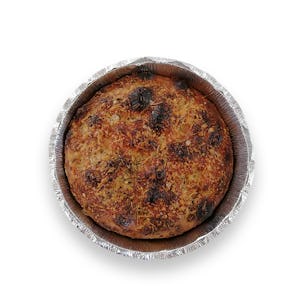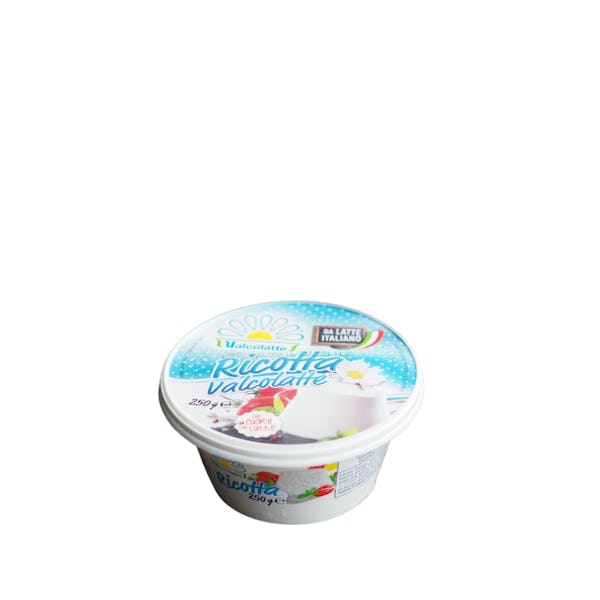
TASTING NOTES FROM THE CURATOR
This ricotta from Valcolatte is smooth, with just a little grain. It’s subtly sweet, and soft in texture.
The subtlety in flavor makes this ricotta perfect as an ingredient in dishes, from pasta to sandwiches, to baked goods.
PREPARATION AND PAIRINGS
This pasteurized cow’s milk cheese has so many uses. You can eat it on its own, and because it has less salt and less fat than other cheeses, makes for a healthier choice. You can spread it onto slices of bread, and experiment. How about adding a mix of mashed avocado, lemon juice, a pinch of salt, extra virgin olive oil, chives, and chopped spring onion above the ricotta, and some slices of smoked salmon on top? A delicious light snack!
Another popular way to use ricotta is in lasagna. How about some healthy lasagna rolls?
- Prepare a filling of spinach, Valcolatte Ricotta, mozzarella cheese, parmigiano-reggiano, and egg.
- Take some cooked and cooled lasagna noodles, and lay them down on a smooth surface
- Spread your cheese filling evenly along the noodles, and roll semi-tightly
- Spread your favorite meatless tomato sauce onto a baking dish
- Place your lasagna roll-ups into the dish; pour more tomato sauce on top
- Sprinkle more mozzarella liberally all over the roll-ups
- Bake in a preheated oven at 375F for about 25 minutes
- Serve while hot
THANKS, GRANDMA!
On November 11, 1914, Enzo Panizzi obtained a dairy contract. He left to participate in World War I, and left everything to his grandmother, Cesira, who started the work and built the company. He came back to find his dairy had moved areas, and now had a well-stocked warehouse. The ball had begun to roll. And it continued to roll. In the late eighties, the Panizzi dairy business began to evolve into what is now Valcolatte. They began expansion, first to southern Italy, and later to the north.
Today, with over 100 employees, 30,000 sqm of land, and 16,000 buildings, Valcolatte is a world-class company, creating some of the best dairy goods, without compromising on excellence.
Storage Instructions
Cheeses (except brined ones in jars) should be stored in the crisper or the butter drawer of a refrigerator, not on the shelves themselves. This is to help regulate their temperature and humidity levels—and prevents the formation of mold. Once opened, they should not be kept in their original packaging. This fresh cheese should be stored in a lidded plastic or glass container in the refrigerator. Kindly pay attention to the best before date label when you receive your cheese. Consume prior to date indicated.

